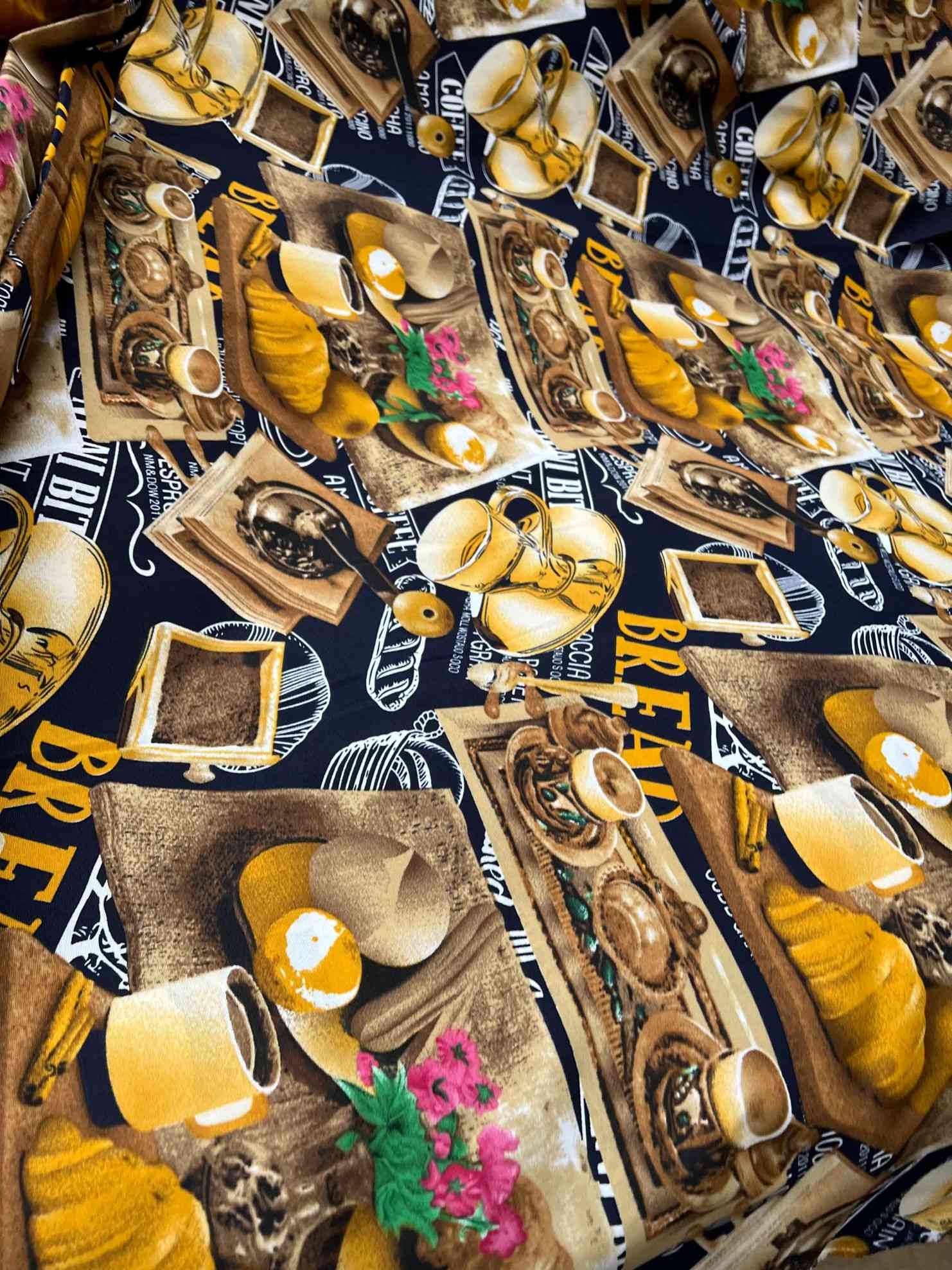Whatsapp: +86 15205751388 Email:[email protected]

Table cloth

A tablecloth, an indispensable decoration on dining tables, serves the dual purpose of protecting the table surface and adding an elegant ambiance to dining areas. Have you ever wondered how these exquisite tablecloths are crafted? This article will introduce you to the production process and considerations involved in creating tablecloths.
Production Process
- Material Selection: The texture and material of a tablecloth play a crucial role in its final appearance and functionality. Commonly used materials include cotton, linen, and polyester fibers. Different materials offer distinct characteristics—cotton tablecloths are soft and comfortable, linen tablecloths boast a natural textured aesthetic, and polyester fiber tablecloths are easy to care for and clean.
- Design and Printing: The design of a tablecloth is a pivotal factor in attracting consumers. Manufacturers can choose different colors, patterns, and designs to suit various restaurant styles and seasons. Printing is a critical step, achievable through traditional dyeing techniques or digital printing. Digital printing technology facilitates intricate designs and reduces environmental impact.
- Cutting and Stitching: Once the material design is ready, cutting and stitching come into play. Manufacturers tailor the material based on different table sizes to ensure a snug fit. Precise stitching follows to ensure even edges that resist fraying.
- Coating Treatment: Some tablecloths may require waterproof or stain-resistant coatings to enhance durability and easy cleaning. These coatings prevent liquids from permeating the fabric, protecting against staining from hot beverages or food.
- Quality Inspection: Each stage of tablecloth production undergoes quality checks. From material to printing to stitching, each piece is scrutinized to ensure it meets the set standards. This guarantees the final product’s quality.
Considerations
- Cleaning Methods: Different fabric materials require distinct cleaning methods. Cotton tablecloths can be machine washed, but avoid using excessively hot water and harsh detergents. Gentle hand washing is recommended for linen tablecloths to prevent fiber damage. Polyester fiber tablecloths are generally machine washable but avoid using hot water.
- Avoid Sunlight Exposure: Prolonged exposure to sunlight causes fading of tablecloth colors, affecting aesthetics. Therefore, when storing, avoid direct sunlight exposure.
- Regular Replacement: Since tablecloths frequently come into contact with food and liquids, stains are inevitable. Regularly replacing tablecloths not only maintains table cleanliness but also extends their lifespan.
- Handle Hot Items with Care: Hot dishes and beverages can damage tablecloths. Using heat-resistant pads or placemats can prevent direct contact between hot items and the tablecloth.
- Storage Precautions: When not in use, ensure the tablecloth is clean and store it in a dry, well-ventilated area to prevent mold growth.
In conclusion, the production process of tablecloths involves multiple stages—from material selection to printing, stitching, coating treatment, and quality inspection—each determining the final product’s quality and appearance. When it comes to usage and maintenance, following proper considerations can extend the tablecloth’s lifespan while keeping the dining table aesthetically pleasing and tidy.
